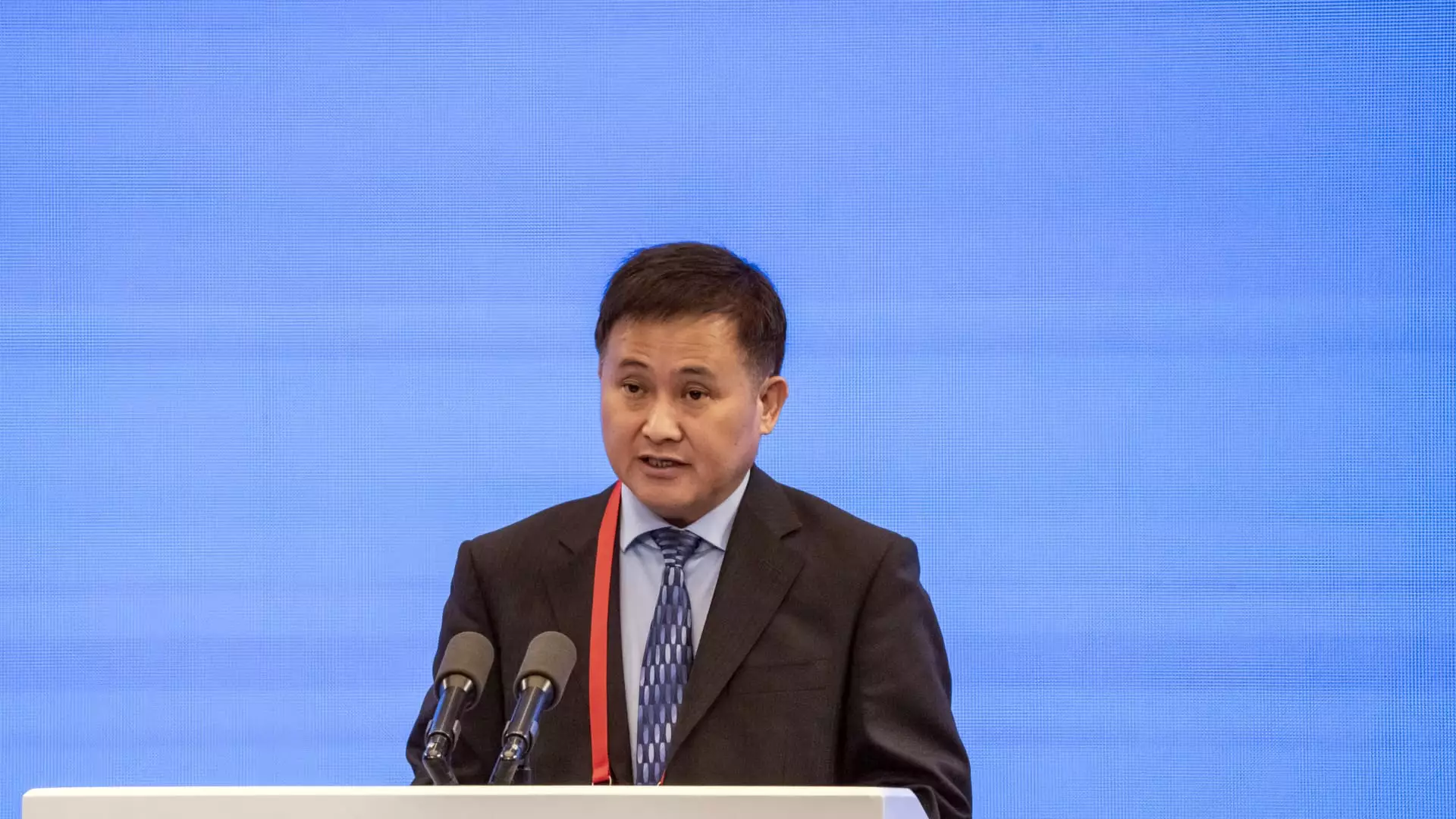China’s People’s Bank of China Governor, Pan Gongsheng, recently stated in state media interviews that the financial risks in China have significantly decreased, including those stemming from local government debt. According to Pan, the central bank will collaborate with the Ministry of Finance to ensure that China achieves its annual growth targets. He emphasized that monetary policy will continue to be supportive. This shift comes as Beijing has placed greater emphasis on addressing risks associated with high debt levels in the real estate sector, which have strong ties to local government finances.
Local government financing vehicles (LGFVs) were established in China over the past couple of decades to allow local authorities, who were unable to borrow directly, to finance infrastructure and other projects. These LGFVs primarily sourced their financing from shadow banking, leading to insufficient regulatory oversight and the indiscriminate funding of projects with limited financial returns. As a result, the debt burden on LGFVs increased substantially, with local governments ultimately held accountable. Efforts by local governments, financial institutions, and investors over the past year have helped alleviate some immediate repayment pressures for the weakest LGFVs, boosting market sentiment. However, the S&P Global Ratings analysts noted that LGFV debt continues to pose a significant challenge, especially as over 1 trillion yuan ($140 billion) in LGFV bonds are set to mature in the next few quarters.
The debt challenges facing China are exacerbated by the country’s slowing economic growth. With the economy expanding by only 5% in the first half of the year, concerns have been raised about whether China can achieve its target of approximately 5% growth for the full year without additional stimulus. The International Monetary Fund has also advised that macroeconomic policies should support domestic demand to mitigate debt risks.
According to the IMF, small and medium-sized commercial and rural banks represent a vulnerable segment of China’s extensive banking system, accounting for 25% of total banking assets. Pan acknowledged that the number of high-risk small and medium-sized banks has decreased significantly, although specific figures were not disclosed. This sector’s challenges have been further compounded by China’s efforts to reduce its reliance on real estate for growth and pivot towards advanced technology and manufacturing.
In response to heightened volatility in the government bond market, the People’s Bank of China took the unusual step of delaying the rollover of its medium-term lending facility in favor of a significant capital injection through a 7-day reverse repurchase agreement. Pan highlighted the importance of this tool in revamping the central bank’s monetary policy structure. Additionally, the PBOC is set to release its monthly loan prime rate soon, following rate cuts in both July and August.
While China has made progress in addressing its financial risks, challenges persist, particularly in relation to local government debt and slowing economic growth. The central bank’s commitment to supportive monetary policies and ongoing efforts to reduce risk factors indicate a proactive approach to maintaining financial stability amidst evolving market conditions.

